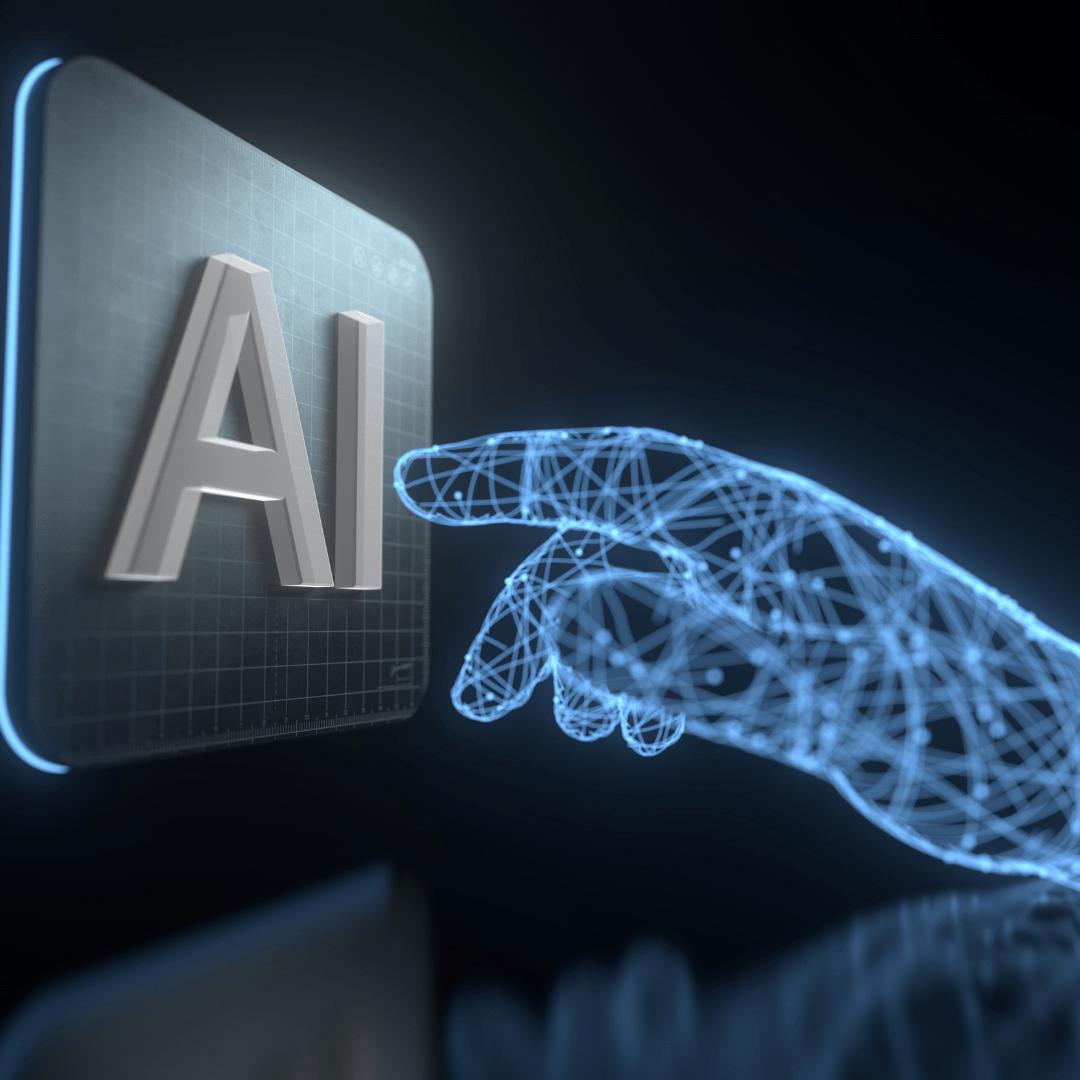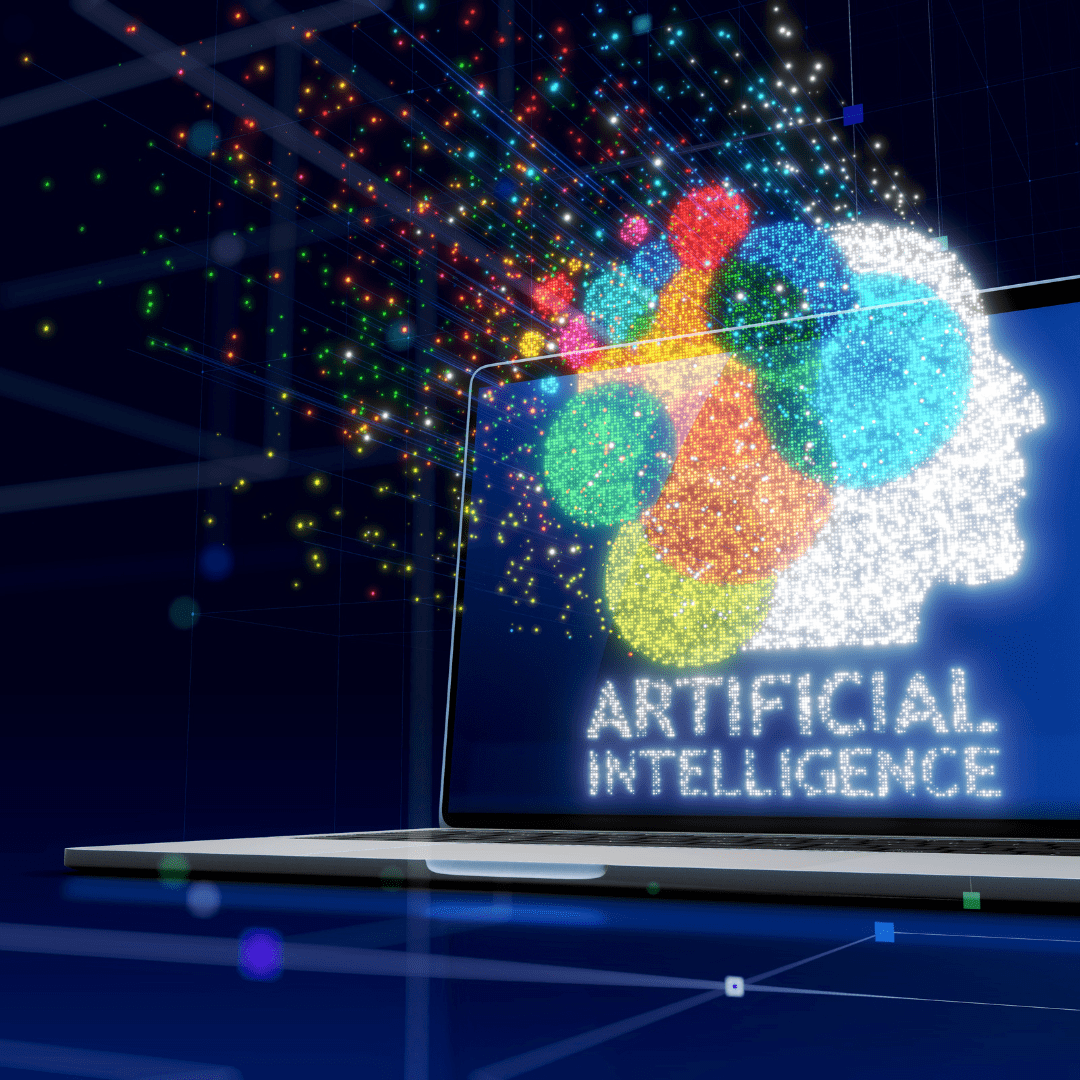Artificial intelligence (AI) is a branch of computer science that aims to simulate human intelligence in a machine, something that just a few decades ago was only talked about in books and science fiction movies. The truth is that with the advancement of technology, AI has disrupted every aspect of our lives, and graphic design is no exception. Many believe that this intelligence will spell the end of graphic design. But is this true? In this article, we will discuss how artificial intelligence is revolutionizing this creative discipline and how it may influence its future.
Automation of Repetitive Tasks
One of the greatest contributions of artificial intelligence to graphic design is the automation of repetitive and tedious tasks. AI algorithms can perform actions such as image cropping, file size optimization, color selection, and correction of common errors efficiently and precisely. What would have initially taken hours can now be done by AI in seconds. This allows designers to focus on more creative and strategic tasks, freeing up valuable time for experimentation and innovation.
AI-based tools can process large volumes of data and generate results within seconds. For instance, they can assist in the automatic generation of design variations, enabling designers to explore different options quickly. Moreover, AI algorithms can analyze and learn patterns present in extensive datasets, facilitating the creation of cohesive and aesthetically appealing designs.
Virtual Design Assistants
Another way that AI is impacting graphic design is through virtual assistants. These assistants can help designers generate ideas, suggest color combinations, typefaces, and designs, and even create preliminary sketches.
Something incredible is that they can analyze the preferences and needs of the designer, as well as learn from their style and preferences over time. This allows the assistant to suggest personalized and relevant options for each project. Additionally, these assistants can help accelerate the workflow by providing instant suggestions and reducing the need for multiple iterations.


Improvement in personalization and optimization
Artificial intelligence also enables greater personalization and optimization in graphic design. By analyzing large amounts of data, AI can better understand users’ preferences and needs, making it easier to create more relevant and appealing designs.
For example, AI algorithms can analyze demographic data, purchasing preferences, and user online behaviors to personalize the graphic elements of a website or advertising campaign. This helps generate a more impactful and engaging visual experience for each user.
Furthermore, machine learning algorithms can conduct tests and optimize designs based on specific metrics such as click-through rates or conversion rates. These algorithms can identify the visual elements that yield better results and automatically adjust the design to maximize impact.
AI-generated visual content creation
This technology is radically changing the way visual content is created. There are AI tools that can generate customized images, illustrations, and graphics based on specific data and parameters.
For instance, designers can input certain parameters such as the image type, colors, style, and desired theme to an AI algorithm, which can then generate images that meet those criteria. This is particularly useful in creating data visualizations, infographics, and graphic content for social media.
So, is it worthwhile to hire graphic design services?
It is important to highlight that although AI can efficiently generate visual content, the role of the designer remains crucial. The designer has the ability to add the finishing touch, contribute their vision, and ensure aesthetic and conceptual coherence. AI can be a powerful tool to streamline and enhance the design process, but talent and human perspective remain indispensable in achieving good results.
Designers apply their experience and creativity to convey effective messages and establish an emotional connection with the target audience. Aesthetic decision-making, understanding of context, and creative concepts are skills that have not yet been fully replicated in AI.
Furthermore, it is important to know how to use this tool by providing the appropriate instructions because if you fail to communicate that information effectively to the computer, it will be difficult to achieve the desired result. On the other hand, a designer can analyze and respond to new or unexpected situations in a flexible manner. Undoubtedly, communication with a human is much more comfortable.
Artificial intelligence is revolutionizing graphic design by automating repetitive tasks, providing creative assistance, improving personalization and optimization, and enabling AI-generated visual content creation. While this technology has impressed us all, it does not replace the skill and creative perspective of designers. Graphic design, alongside artificial intelligence, offers new opportunities and challenges, but ultimately, it is the combination of human intelligence and technology that can lead to truly exceptional results in this ever-evolving field.
At Lifting Group, we have over 15 years of experience in developing digital projects and strategies, and we can help you address any doubts and advise you on what you need. We are looking forward to getting to know you and working together to create unique designs that have a positive impact on your business.
That is why the design team at Imagine Creative Ideas, together with the business and consulting vision provided by Lifting Group, combine the advantages of artificial intelligence mentioned in this article, along with the creativity and human experience that is required. We believe that instead of fearing this tool, we can make it our own and benefit from what it can offer us to innovate and provide a better service.
